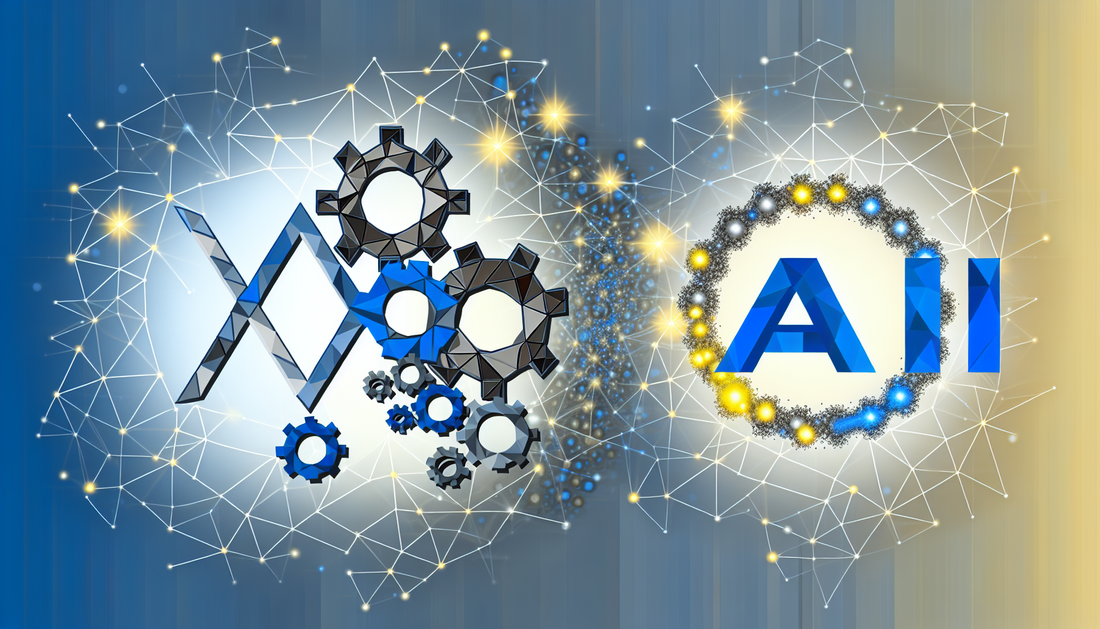
Unpacking XAI's Innovative Tokenomics
Share
Exploring XAI - AI System's Tokenomics
The cryptocurrency landscape continually evolves, with various assets vying for attention. One such asset is XAI, also known as XAI - AI System. This article deconstructs its tokenomics, offering insights into its unique economic model within the cryptocurrency ecosystem.
Distribution and Circulation
XAI's tokenomics revolves around a structured distribution strategy designed to incentivize different stakeholders within its network. From developers to users, the allocation intends to bolster growth and development. The initial token distribution considers utility and demand within the ecosystem, focusing on incentivizing innovation and user adoption. Unlike conventional models, it incorporates elements that diversify its staking and burning methodologies, impacting the available supply.
Staking and Incentives
Staking forms a significant part of XAI’s economic design. By locking up their XAI tokens for a specific period, stakeholders can earn rewards. This mechanism not only encourages holding but also ensures active participation in the network. The staking system is devised to maintain a balance between liquidity and reward, facilitating network security and token appreciation over time.
Moreover, staking incentives are aimed at aligning the interests of all participants, promoting a decentralized consensus that enhances the network's robustness. This allows for a more democratic and widespread engagement with the XAI ecosystem.
Burning Mechanisms
The deflationary aspect of XAI tokenomics is underpinned by its burning mechanism, which periodically reduces the total supply of tokens in circulation. By destroying a portion of tokens through regular or transaction-based burns, XAI can potentially enhance the value of remaining tokens. This strategic burning aims to create scarcity, which could fuel demand over time while offering a counterbalance to market volatility.
Governance and Voting Rights
An integral part of XAI’s tokenomics is its governance structure. Token holders are endowed with voting rights, empowering them to propose and vote on protocol changes. This decentralized governance model aims to foster a collaborative environment where community-driven changes can lead to more adaptive and responsive protocol development.
Challenges and Considerations
While XAI’s tokenomics offers avenues for growth and engagement, potential challenges must be acknowledged. The balance between token supply and demand is delicate, as excessive inflation through reward mechanisms could adversely impact token value. Furthermore, the network must ensure security against possible governance attacks, which are inherent risks in decentralized contexts.
XAI in the Wider Context
To better understand how XAI's tokenomics compares to other cryptocurrency projects, consider exploring the tokenomics of other blockchain networks. For instance, the [Decoding BEAM: Insights into Its Tokenomics](https://bestdapps.com/blogs/news/decoding-beam-insights-into-its-tokenomics) provides an informative comparison that highlights differing approaches within the privacy cryptocurrency sector.
